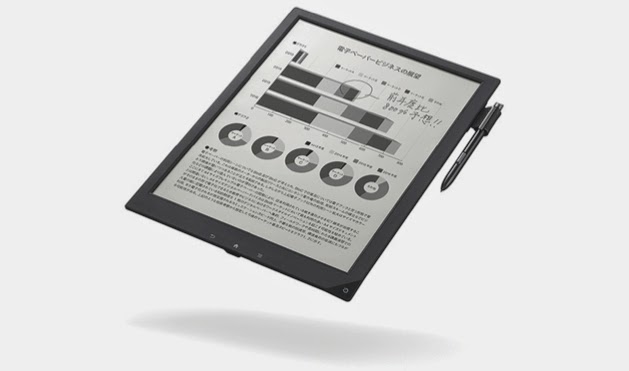NOKIA Secret Codes
Here is secret mobile codes for Nokia phones irrespective of the cellular operator.You can troubleshoot some routine problems with the help of these codes.
*#06# - Checking the IMEI No
*#7780# -Reset to factory settings.*#67705646# -To clear the LCD display(operator logo).
*#0000# -To view software version.
*#2820# - To view Bluetooth device address.
#pw+1234567890+1# Shows if sim have restrictions.
*#92702689# – takes you to a secret menu where you may find some of the information below:
1. Displays Serial Number.
2. Displays the Month and Year of Manufacture
3. Displays (if there) the date where the phone was purchased (MMYY)
4. Displays the date of the last repair – if found (0000)
5. Shows life timer of phone (time passes since last start)
#bta0# Display the Bluetooth MAC address (models with build-in Bluetooth radio, activate first to show address)
*#mac0wlan# -Display the WLAN MAC address (models with build-in Wi-fi radio)
*#res0wallet# Reset the mobile wallet (models with mobile wallet)
*#res0# Soft-format the memory (Symbian models only)
*#7370# -Restore the phone to factory default settings. You will loose all your settings, data, etc. This is used to reset the phone to the same state when it was brand new.
# *#2820# - Show Bluetooth MAC address.
# *#62209526# - Show Wireless LAN MAC address.
*3370# : Enhanced Full Rate Codec (EFR) activation. It will automatically restart.
#3370# : Enhanced Full Rate Codec (EFR) deactivation. It will automatically restart.
*4370# : Half Rate Codec activation. It will automatically restart
#4370# : Half Rate Codec deactivation. It will automatically restart
*#147# (vodafone) this lets you know who called you last *#1471# Last call (Only vodofone)
*#21#- Allows you to check the number that “All Calls” are diverted To
*#2640# -Displays security code in use
*#30# -Lets you see the private number
*#43# -Allows you to check the “Call Waiting” status of your phone.
*#61# -Allows you to check the number that “On No Reply” calls are diverted to
*#62# -Allows you to check the number that “Divert If Unrea chable (no service)” calls are diverted to
*#67# -Allows you to check the number that “On Busy Calls” are diverted to
*#73#- Reset phone timers and game scores
*#746025625#- Displays the SIM Clock status, if your phone supports this power saving feature “SIM Clock Stop Allowed”, it means you will get he best standby time possible
*#7760# -Manufactures code
*#7780# -Restore factory settings
*#8110#- Software version for the Nokia 8110
N.B-I am not responsible for any accident after using these codes.

























